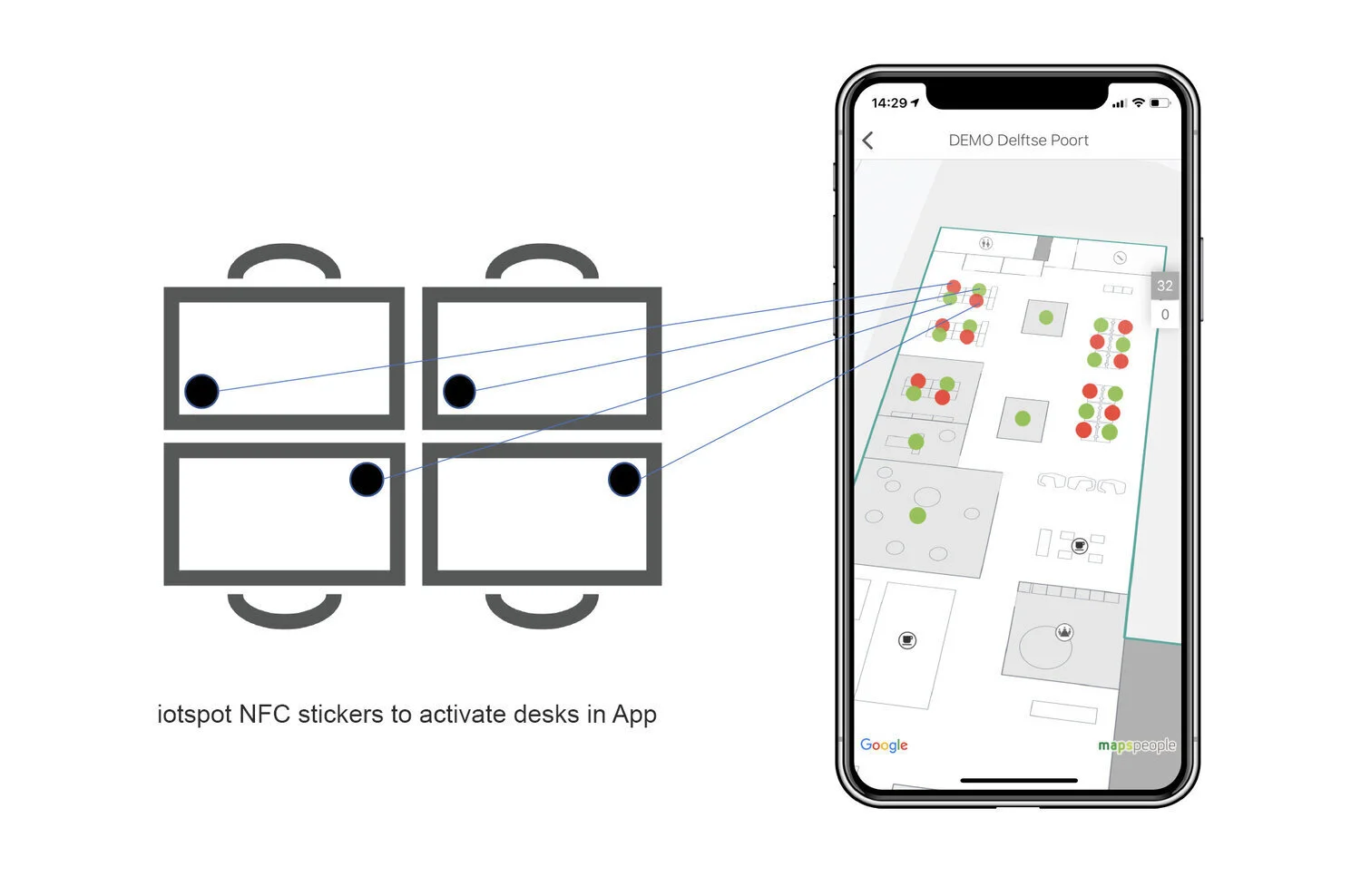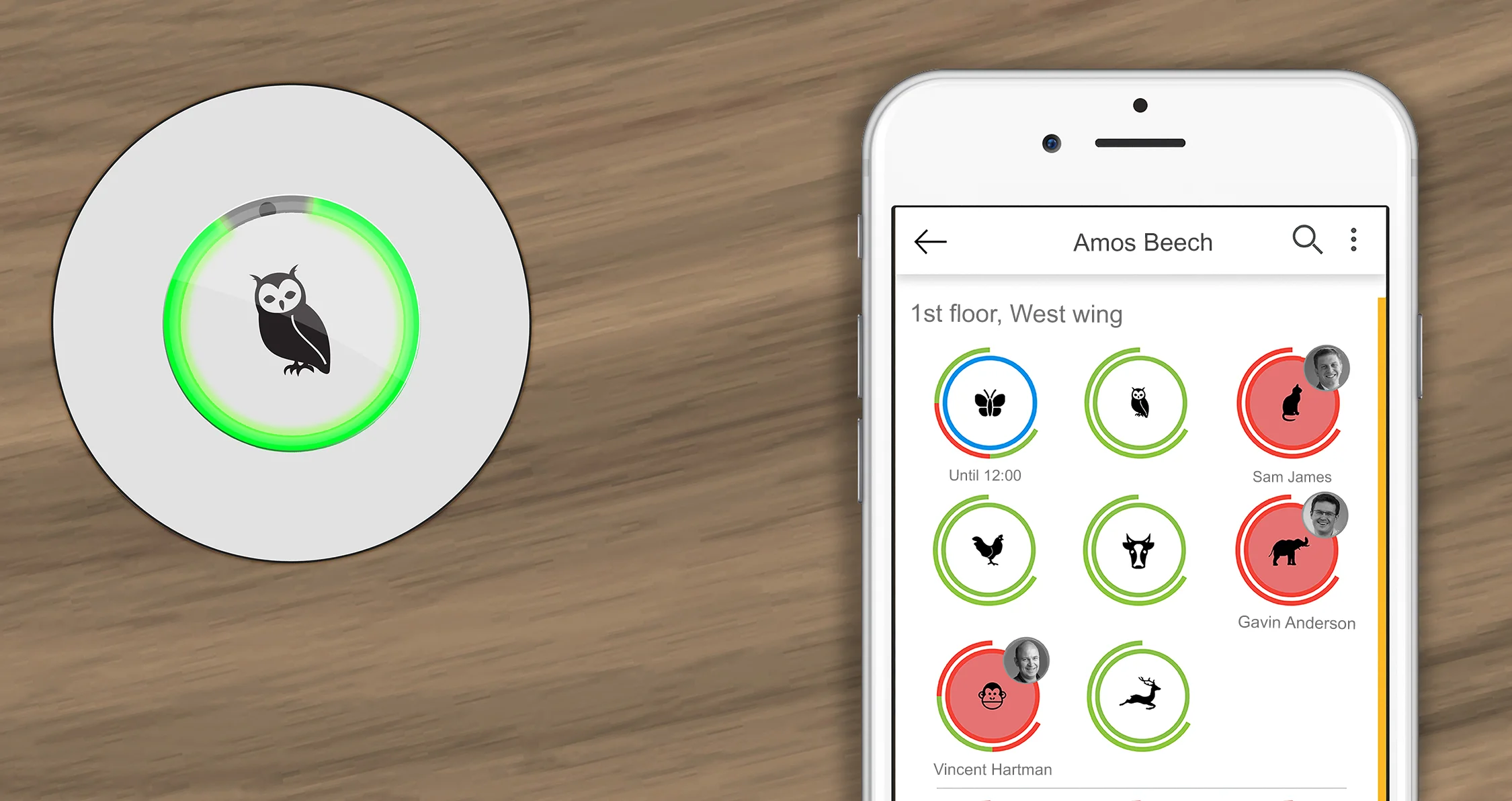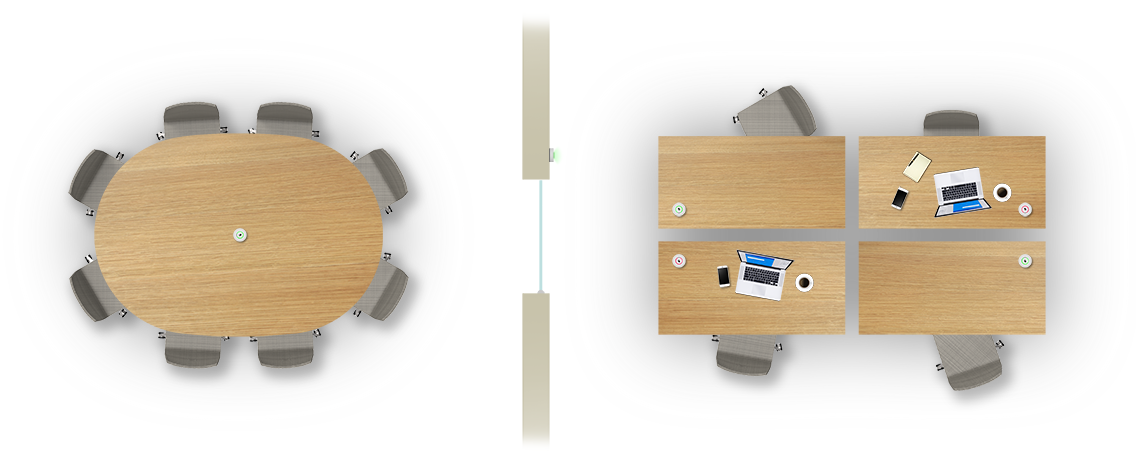The Return to Work: How Can You Do it Safely?
Back in spring, more than 40% of UK employees worked from home. In the meantime, some of them returned to work. But only briefly. After the new set of restrictive measures this fall, the number of people working from home has risen again and it expected to keep rising, as social distancing in the office guidelines undergo continuous changes.
With the uncertainties surrounding the workplace, there is one ardent question that a lot of people overlook: do employees want to return to work or do they prefer working remotely? Well, it depends whom you ask.
Some people say it’s bad for the employees and equally bad for their employers. Others say working from home gives everyone a better work-life balance and helps the environment due to having less commuters in traffic.
What we know for sure is that there’s no one-size-fits-all solution. Some industries require the physical presence of their employees for the entire duration of the work schedule. Others can comfortably work with staffers all over the world, without ever even meeting them in person. However, even in the latter category, you’ll have in-office working advocates sparring with remote working ambassadors.
A multi-use space
The solution?
We’ve said it way before the COVID-19 pandemic: flexible working or hybrid working.
Flexibility in the workplace and around the work schedule gives everyone a chance to choose the environment that suits their needs and their preferences best.
Prefer to work from home? You can do that! Prefer to work surrounded by your team? That’s an option too! Want to go to the office but still have a quiet space, away from all the usual noise in the workplace? Completely doable!
If this sounds too good to be true, you’ll be happy to know it’s not. We’ve been helping our customers implement agile working for years now, way before the pandemic.
What’s even more interesting is that flexible working is no longer an option. The pandemic has made it a necessity.
The truth is that very few companies can send all their employees to work from home indefinitely. At some point, they need to return to work, even it’s just for a monthly all-hands meeting.
Still, this doesn’t mean that an occasional in-office meeting means that all the social distancing rules can be ignored. The UK government constantly updates the guidelines for safe working, so we encourage you to review them regularly.
With those rules in mind, let’s see how we can safely return to work.
The Four Pillars of a Safe Return to Work
Whether you decide to call everyone back to work or rotate between your departments and teams, safety should always come first. We speak of social distancing in the office as an umbrella-term, but the truth is that safety means more than spaced out desks.
These are the four pillars you should consider when calling your staff back to work:
1. Integration of Health and Safety Measures
Before your staff returns to work, the office should be thoroughly cleaned and disinfected. Thorough cleaning is not a one-time thing, though. You should ensure easy access to cleaning products, as well as the regular cleaning of surfaces that are touched by a lot of people (door knobs, furniture, office equipment, and so on).
Access to hand sanitisers and the basic water and soap are also more important than ever. The same goes for double-checking your ventilation systems. If you’ve been postponing the replacement of filters of your air conditioning system, now is the time to do it!
Also, make sure that you post plenty of signs reminding people about the hygiene measures.
Please note these are just the highlights of office health and safety measures. Do refer back to the UK government guidelines for exhaustive recommendations.
2. Access Control
Aside from your usual access control system, which served a security purpose until now, you should take extra steps to limit unnecessary visits to the office, especially from people who don’t work there. If visits are necessary, make sure you have the contact data of everyone who entered your office.
Equally important, make sure that your access points are never crowded. This can mean scheduling meetings with outsiders at different hours for different department and even switching the work schedule in half an hour increments so that not all your employees get to the door at the same time.
3. Physical Distancing/Availability and Status of Workspaces
The current guidelines recommend a distance of at least 2 metres between desks in the office. If that’s not doable without a complete overhaul of your office, there are other steps you can take to ensure that your staffers don’t work too closely together.
For instance, you can discuss the possibility of working in shifts, provided that you can ensure a thorough cleaning between shifts. Or, even easier, you can implement flexible working, which allows every employee to choose the time and date when they are in the office based on the availability of desks, workspaces, or conference rooms.
But more on that below.
4. The Ability to Track & Trace in the Event of a Virus Outbreak
What do you do if the unthinkable happens? Do you have a clear plan that allows you to contact everyone on your team in case of a virus outbreak?
If not, now is the time to create it. Make sure you have more than one way to get in touch with them (emailing them on their work account is not the fastest way to get in touch). You want this process to take no more than a few hours since you get the news, not whole days.
Before we go there, let’s see how you can ensure that you keep everyone safe through flexible or agile working.
iotspot – Turning Your Workplace into a Safe and Comfortable Office
iotspot® smart workspace platform is an app and a workspace device. The number one feature our clients love is the possibility to get real-time availability per each workspace.
Let’s say your staff works flexibly. This means that some of them work from home, others come to the office every day, while others only come once per week or every few days – or when they have a department meeting. iotspot lets them see in real-time which desks, common working spaces, or conference rooms are available.
They can also reserve any of them within the app. If they have an important meeting, they can book a conference room in advance or even minutes earlier – if it’s available. Similarly, if they decide they’d be more productive at the office, they can check the occupancy levels beforehand and decide if it’s too crowded for them or not.
Flexibility is the keyword here and the most important aspect of a safe return to work for everyone.
Here’s how iotspace can assist you during all the five steps required to ensure a safe office space:
1. Implementing New Rules
Most companies will have new rules and behaviours that they would like their staff to follow in order to return to the office safely. This would normally be delivered via an online training portal/webinar series. Because login and a multiple choice questionnaire at the end can confirm participation, this forms step 1 of the back to office process.
The new rules and behaviours can also be reflected in your iotspot dashboard. For instance, if your office space previously had 35 workspaces, you can now reduce the number to 25 to ensure a safe physical distance.
When your employees login to the app to see what’s available, the desks and common spaces that aren’t in use won’t even be displayed. This way, you can comfortably ensure a safe work environment for everyone – you avoid misunderstandings and crowding the office.
Better yet, if the government-issued guidelines change and the distance between desks has to be 1.5 metres instead of 2 metres, you can easily re-activate new workspaces and make them available in the app.
2. Health Declaration
Upon completion of the H&S training, each member of staff should complete a personal health declaration. This would normally remain valid for 21 days and then be repeated.
iotspace can also help you keep track of how many employees you have to accommodate in a given week. If some of them have to self-isolate, for instance, you will have to divide the existing workspaces between fewer people.
3. Book a Desk for the Day You Plan on Visiting the Office
The iotspot platform can check whether steps 1 and 2 are complete before allowing a desk booking to be made. Once a desk booking for a day has been made, the app will validate your access control card for the day you have a desk booked.
All this can be safely done remotely and without any interaction with your colleagues. You can completely automatise desk booking and employee rotation without having a designated person in charge of the whole process (which can turn a bit tedious and hectic if mismanaged!).
4. Arriving at the Office
Without an automated system like iotspot, you can end up with too many people deciding to visit the office at the same time. If too many of them enter the building, you may end up not being able to ensure the mandatory physical distance between workspaces. Sending some of them home comes with other perils – some of them will have wasted half a day moving between their home and the office for no good reason.
When you use iotspot, none of this happens. The flow is pretty simple: you arrive at the office and present your access control card. If a valid desk booking has not been made for the day, access will be denied – this is to prevent too many staff entering the building.
A desk can be booked if available at this point if access is denied and steps 1 & 2 are already completed. Simple, efficient, and, most important, safe!
Return to work access control and office occupancy sytem
5. Track and Trace Made Easy
By retaining user access with necessary approvals, the iotspot platform can be interrogated and a list of visitors to the building/area on a specific day can be made available to the HR team to assist with track and trace requirements.
This neat functionality helps you cover all your bases: from the first return to work to quick reactions if an outbreak happens and you have to contact everyone fast.
6. (Bonus) Track Other Colleagues and Collaborate Safely
This is a feature that our clients loved even before the pandemic and its popularity will be on the rise as soon as we return to work: iotspace allows users to locate other colleagues within the building (very useful especially for companies with large headquarters – movement restrictions within the office are crucial now).
Even more, they can chat on the app to decide when to schedule an in-office meeting depending on the availability of people in the entire department, but also on the availability of conference rooms.
Wrapping Things Up
Social distancing in the office will be the new normal for the foreseeable future. If you haven’t jumped on the flexible/agile working bandwagon before the pandemic, there’s no better time to do it than now.
iotspot allows to implement all the governmental guidelines and even go the extra mile to ensure that your entire staff is safe when they return to work. Based on the experience of some of our oldest clients, we can guarantee you’ll keep using it even after the pandemic is over.













